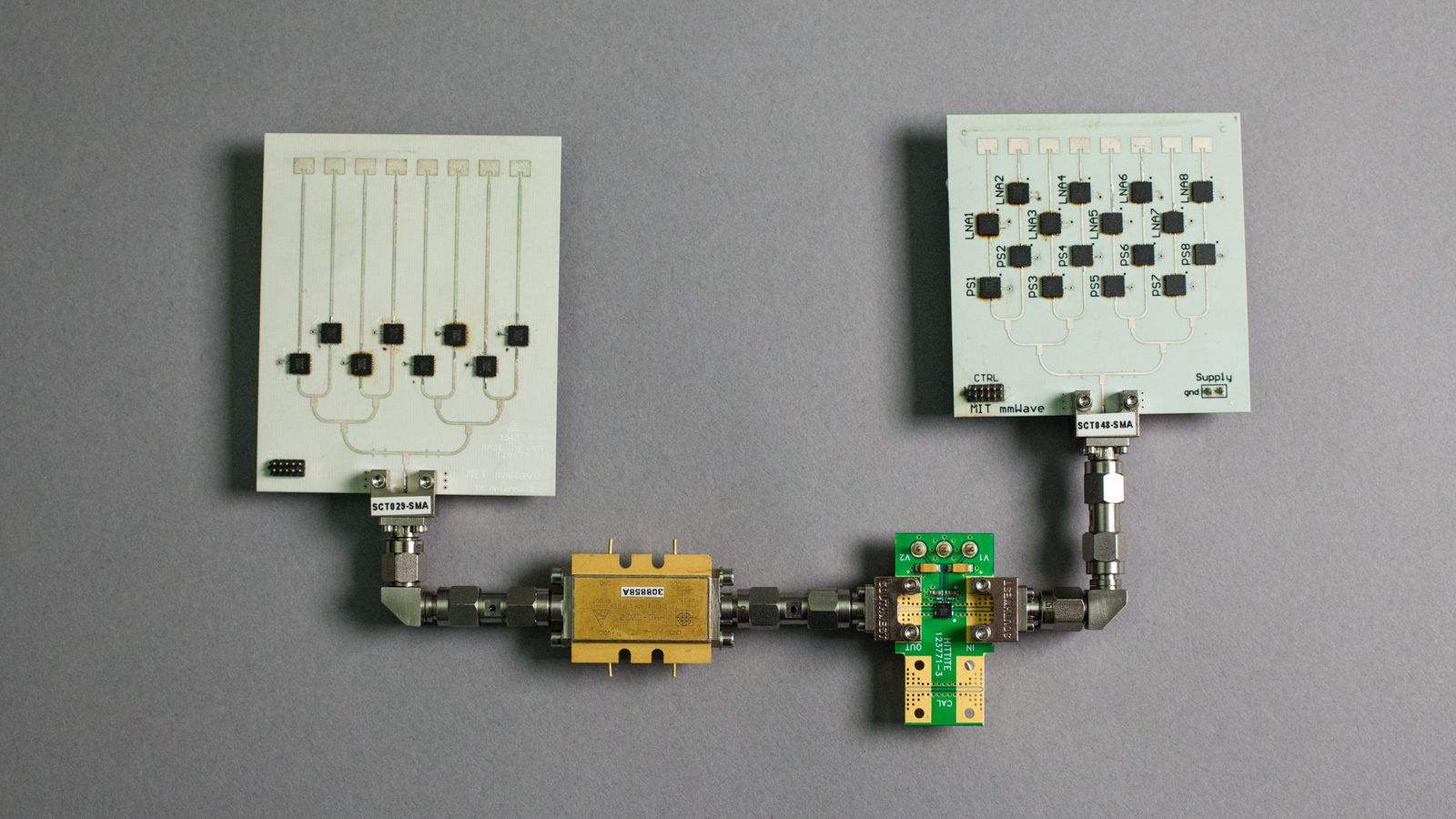What I have been waiting for; now I can get all of my novels written for me.
Literai is a community that uses neural networks to automate storytelling by computers.


Disney will soon be opening a new Avatar-themed experience in Disneyworld Florida, and a group of the brand’s biggest fans got to see a preview last week.
One of the highlights of the ride are the ridiculously realistic Na’vi robots that talk to the visitors. The movie’s CGI already looked stunning, but these animatronics are just ridiculously realistic.
Disney’s Imagineering team has been experimenting with various ways to bring its famous characters to life, like mixing animatronics with digital screens and hopping one-legged robots.

BMI implant leveraging AI.
You probably clicked on this article because the idea of using brain implants to allow artificial intelligence (AI) to read your brain sounds futuristic and fascinating. It is fascinating, but it’s not as futuristic as you might think. Before we start talking about brain implants and how to augment the human brain using AI, we need to put some context around human intelligence and why we might want to tinker with it.
We floated the idea before that gene editing techniques could allow us to promote genetic intelligence by performing gene editing at the germline. That’s one approach. As controversial as it might be, some solid scientific research shows that genetics does play a role in intelligence. For those of us who are already alive and well, this sort of intelligence enhancement won’t work. This is where we might look towards augmented intelligence. This sort of augmentation of the brain will firstly be preventative in that it will look to assist those who have age associated brain disorders as an example. In order for augmented intelligence to be feasible though, we need a read/write interface to the human brain. One company called Kernel might be looking to address this with a technology that takes a page out of science fiction.

By Gary Pretty, Technical Strategist, Mando Group
It seems like bots are everywhere these days, with more and more popping up every day. From bots that help us tag people on Facebook to simple Twitter bots that respond to our tweets.
What might life be like once autonomous vehicles populate the roads? With the help of colleague Timothy Bonds, RAND’s Nidhi Kalra described what may occur when autonomous vehicles “democratize transportation.” Read our recap from #PoliticsAside: r.rand.org/326y

What if a simple algorithm were all it took to program tomorrow’s artificial intelligence to think like humans?
According to a paper published in the journal Frontiers in Systems Neuroscience, it may be that easy — or difficult. Are you a glass-half-full or half-empty kind of person?
Researchers behind the theory presented experimental evidence for the Theory of Connectivity — the theory that all of the brains processes are interconnected (massive oversimplification alert) — “that a simple mathematical logic underlies brain computation.” Simply put, an algorithm could map how the brain processes information. The painfully-long research paper describes groups of similar neurons forming multiple attachments meant to handle basic ideas or information. These groupings form what researchers call “functional connectivity motifs” (FCM), which are responsible for every possible combination of ideas.
When you see a photo of a dog bounding across the lawn, it’s pretty easy for us humans to imagine how the following moments played out. Well, scientists at MIT have just trained machines to do the same thing, with artificial intelligence software that can take a single image and use it to to create a short video of the seconds that followed. The technology is still bare-bones, but could one day make for smarter self-driving cars that are better prepared for the unexpected, among other applications.
The software uses a deep-learning algorithm that was trained on two million unlabeled videos amounting to a year’s worth of screen time. It actually consists of two separate neural networks that compete with one another. The first has been taught to separate the foreground and the background and to identify the object in the image, which allows the model to then determine what is moving and what isn’t.
According to the scientists, this approach improves on other computer vision technologies under development that can also create video of the future. These involve taking the information available in existing videos and stretching them out with computer-generated vision, by building each frame one at a time. The new software is claimed to be more accurate, by producing up to 32 frames per second and building out entire scenes in one go.

If you want to use one of today’s major VR headsets, whether the Oculus Rift, the HTC Vive, or the PS VR, you have to accept the fact that there will be an illusion-shattering cable that tethers you to the small supercomputer that’s powering your virtual world.
But researchers from MIT’s Computer Science and Artificial Intelligence Laboratory (CSAIL) may have a solution in MoVr, a wireless virtual reality system. Instead of using Wi-Fi or Bluetooth to transmit data, the research team’s MoVR system uses high-frequency millimeter wave radio to stream data from a computer to a headset wirelessly at dramatically faster speeds than traditional technology.
There have been a variety of approaches to solving this problem already. Smartphone-based headsets such as Google’s Daydream View and Samsung’s Gear VR allow for untethered VR by simply offloading the computational work directly to a phone inside the headset. Or the entire idea of VR backpacks, which allow for a more mobile VR experience by building a computer that’s more easily carried. But there are still a lot of limitations to either of these solutions.
